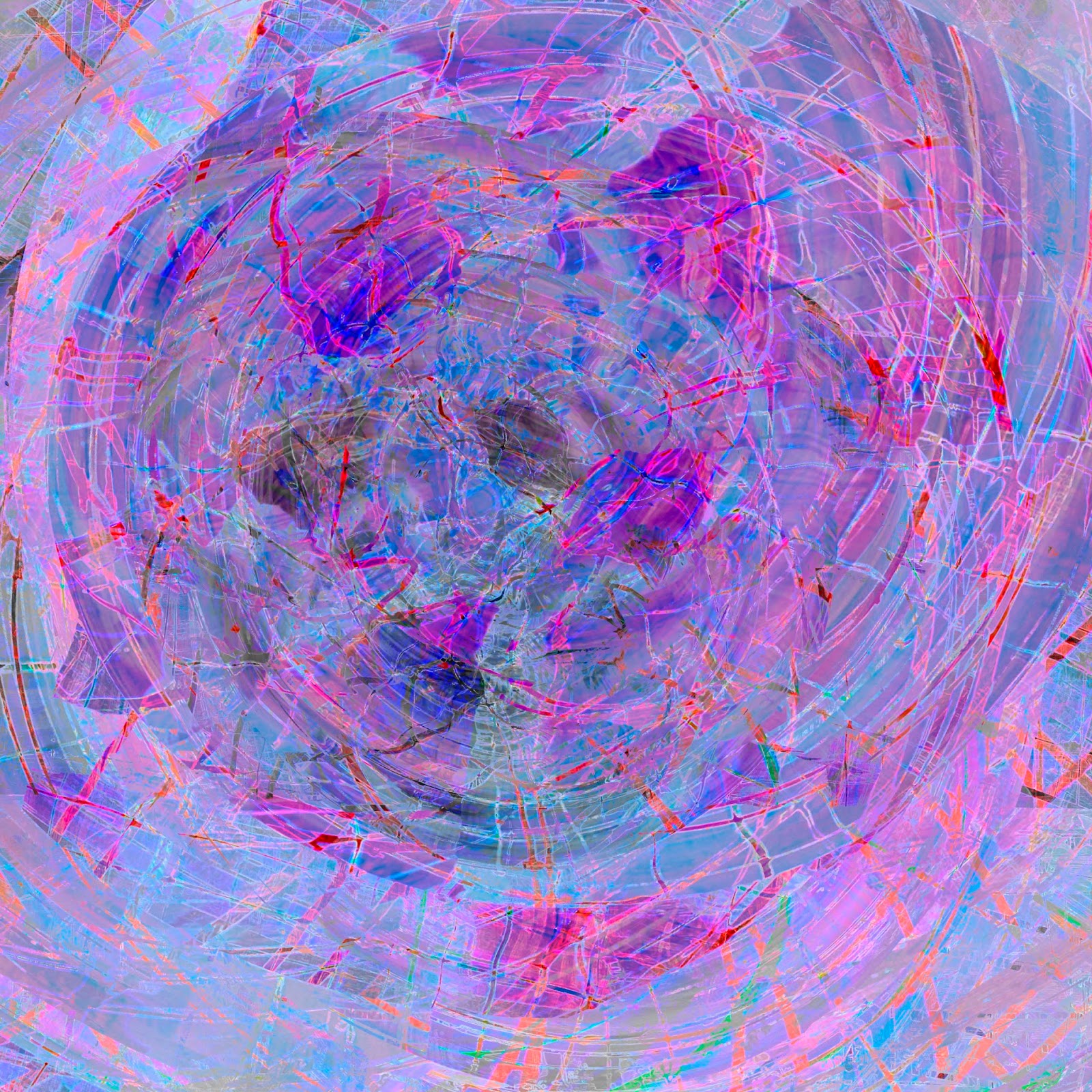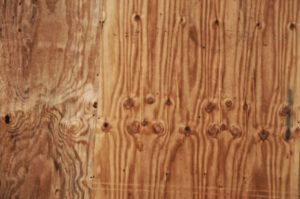The Bean Eaters
–Gwendolyn Brooks
They eat beans mostly, this old yellow pair.
Dinner is a casual affair.
Plain chipware on a plain and creaking wood,
Tin flatware.
Two who are Mostly Good.
Two who have lived their day,
But keep on putting on their clothes
And putting things away.
And remembering . . .
Remembering, with twinklings and twinges,
As they lean over the beans in their rented back room that
is full of beads and receipts and dolls and cloths,
tobacco crumbs, vases and fringes.
Analysis
—
Gwendolyn Brooks’ poem, “The Bean Eaters” exudes amicable union, gentility, and wise comfort in repetitive simplicity. In this analysis I will focus on the simple and beautiful word construction that allows the reading of the poem as such.
Let us start with the title: an image that comes to mind when one hears the phrase “bean eater” is that of the vegetarian or vegan. These words promote a nonviolent and peaceful image; one may even go as far as to imagine a kind soul. The title of the poem also highlights eating as a provision of nourishment for the body. Beans, as an economical and an excellent source of nutrition, its expression at the opening of the poem imbue its main subjects, as ones who “eat beans mostly,” in the same thrifty simplicity. There is the saying, after all, that one is what one consumes.
A repetitive theme in Brooks’ poem is the union of “the bean eaters.” In the first verse it is clarified that they are an “old yellow pair.” Expressing them as two that belong together, thus a two that works as one. The second verse merely strings along this definition of the union of the couple by never representing them separately but as one. Thus the poem speaks of them as “Two who are Mostly Good. / Two who have lived their day.” Suggesting then that what can be said for one can be said for the other. There is the insinuation that “Mostly Good” is the account of two rather than one of the two, and the same is applicable to “lived their day.” One may deduce that the pair is inseparable and has been so for a significant time.
As the second verse offers a moral conjecture that the “old yellow pair” are “Mostly Good,” one wonders about their gender and the quality of their relationship. For instance, are they an old married couple or siblings? Relatives or friends? The other visible puzzle is the capitalization of the moral classification of the couple. Perhaps the capitalization connects with the first “mostly” in the first verse in which the couple “eat beans mostly,” which defines and supports the title of the poem as, “The Bean Eaters.” Is the speaker insinuating that “Mostly Good” is rich enough for its own context? And since “The Bean Eaters” translates to “eat beans mostly,” one may argue that the “old yellow pair” are therefore good people.
The second to third lines of the second verse consider the past, present, and future of the “old yellow pair” in loaded words. The lines define them as, “Two who have lived their day.” The phrase “lived their day” insinuates two things: 1) the pair are no longer young; and 2) the pair made the most of their youth. By such phrasing, both the past and present are linked together. Brooks does even more beautifully with rich imagery in the following line, “keep on putting on their clothes.” Emphasizing further the responsibility of the living to care for the body on a daily basis. Thus the body is fed and clothed. And what is hinted at is the work required, and furthermore the discipline necessary to keep life winding. In presenting the present, the speaker alludes also to the future, or its expectation as, “putting things away.” What is put away? That which is useful is put away; that which can bring pleasure again is put away. Thus to put away is to hope for a future.
The third verse brings to life the richness of the old pair’s “casual [dinner] affair” through their recollections. Again like the “mostly” good of the second stanza and the “beans mostly” of the first stanza we are not told what the “old yellow pair” recall. But that their reminisces are accompanied “with twinkling and twinges / as they lean over the beans in their rented back room.” Thus one may deduce the event of their “remembering” as favorable tides of life. This is inferred through referencing their harmonized present with a close reading of the stanza above which expresses that they “lived their day.” Thus it can be read that the “lived” days are relived at their dinner table. Thus the adventures of the past mixes in with the “twinges” of their present bodies.
Finally the third verse hints answers to some of the questions raised in the first and second stanza. Of their environs the final stanza says: “They lean over the beans in their rented back room that / is full of beads and receipts and dolls and cloths, / tobacco crumbs, vases and fringes.” The details suggesting that our “old yellow pair” perhaps work with dolls; that perhaps they make doll clothes. They are perchance seamstresses who live at the back room of their shop and the poem acknowledges this private life at the end of their work days. If so the room also serves as a sort of storage and office which then explains the materials and receipts. And if so, the reference of putting on clothes in the second stanza may also refer to their work of making doll clothes and putting them on their dolls.
By not revealing too much and refraining from being very specific with many aspects of the subject of the poem, Brooks allows one to imagine the poem as they so desire, and yet sprinkles enough details within it to also exhibit what she sees or imagines for it.
—
Jane



